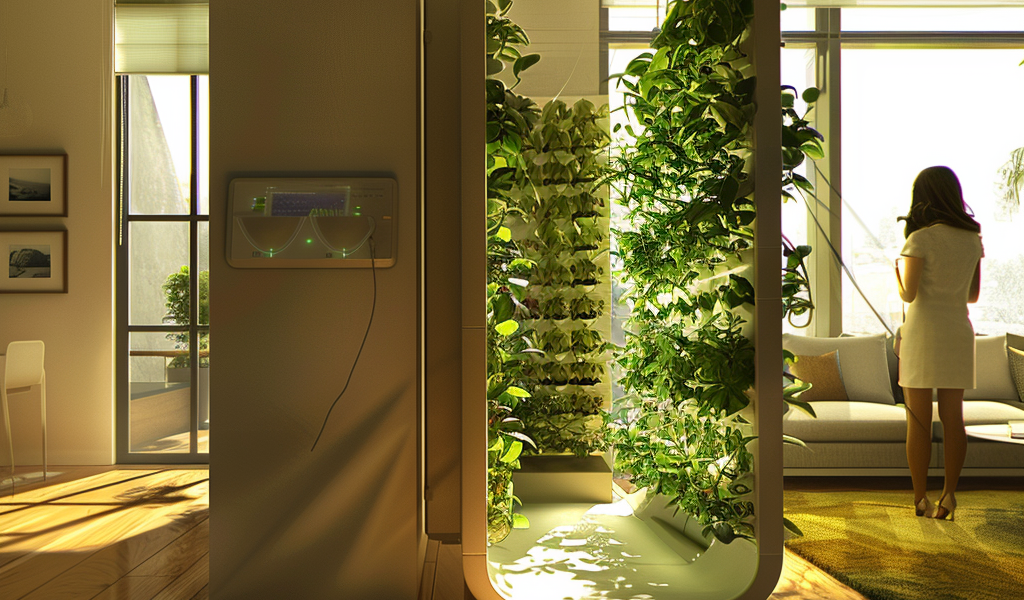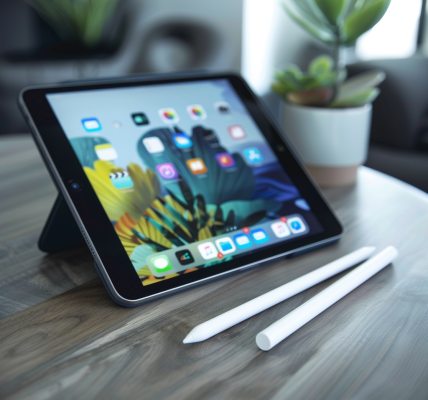Binghamton University Develops Artificial Plants for Air Purification and Energy Generation
Binghamton University researchers have made a groundbreaking advancement in indoor air purification and renewable energy generation through the development of artificial plants. This innovative project, led by Professor Seokheun “Sean” Choi and PhD student Maryam Rezaie, aims to harness the power of carbon dioxide to produce oxygen and generate electricity.
With Americans spending approximately 90% of their time indoors, the quality of indoor air has become a pressing concern for health and well-being. Traditional air purification systems often come with high costs, complicated maintenance, and the need for frequent filter replacements. In response to this challenge, Choi and Rezaie have repurposed their previous research on bacteria-powered biobatteries into a new concept involving artificial plants.
Their research, partially funded by the Office of Naval Research, was recently published in the journal Advanced Sustainable Systems. The team’s findings emphasize the importance of improving indoor air quality, especially in light of the COVID-19 pandemic, which has heightened awareness of airborne toxins from various sources, including building materials and household items.
Choi, a faculty member in the Thomas J. Watson College of Engineering and Applied Science’s Department of Electrical and Computer Engineering, explained, “Many sources can generate very toxic materials, like building materials and carpets. We breathe out and breathe in, and that builds up carbon dioxide levels. Also, there are risks from cooking and infiltration from the outdoors.”
Initially, Choi and Rezaie created an artificial leaf using five biological solar cells and photosynthetic bacteria as a fun experiment. However, they soon realized the potential for broader applications. The first prototype featured five leaves, which were tested for their ability to capture carbon dioxide and generate oxygen effectively.
While the power generation from these artificial plants currently stands at around 140 microwatts, Choi aims to enhance this technology to achieve a minimum output of over 1 milliwatt. He envisions integrating an energy storage system, such as lithium-ion batteries or supercapacitors, to make the generated electricity usable for everyday applications, including charging devices like cell phones.
Future developments may involve employing multiple species of bacteria to ensure the long-term viability of the artificial plants. Additionally, the researchers are exploring methods to reduce maintenance requirements, such as implementing water and nutrient delivery systems.
Choi expressed optimism about the potential of these artificial plants, stating, “With some fine-tuning, these artificial plants could be a part of every household. The benefits of this idea are easy to see.”
This pioneering research not only addresses the critical issue of indoor air quality but also contributes to the growing field of renewable energy solutions. The intersection of biology and technology in this project highlights the innovative approaches being taken to create sustainable living environments.
As the world continues to grapple with environmental challenges, the development of artificial plants that purify air and generate energy could represent a significant step forward in enhancing both indoor air quality and energy efficiency.





